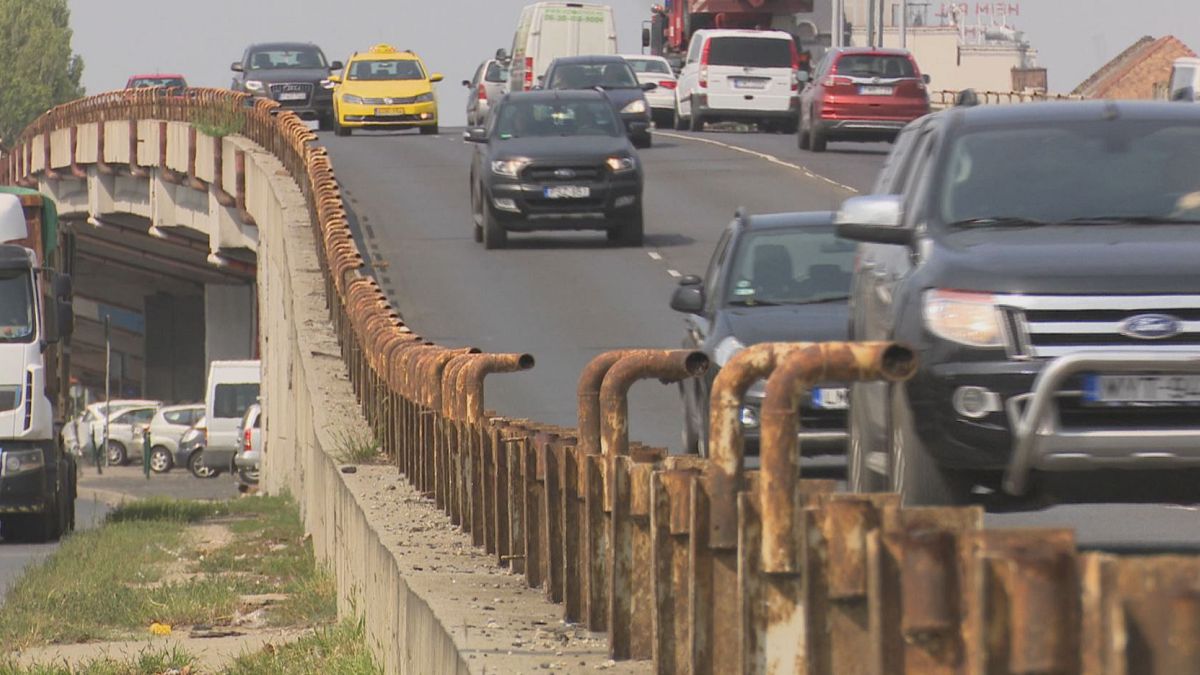Today EU infrastructure spending is at an historic low. While some countries have spent EU funding wisely, in other member states people wonder if any money has been spent at all...
The Genoa bridge disaster has highlighted chronic infrastructural flaws in Italy, but in fact the problem is widespread in Europe, especially in the countryside.
One country that suffers from crumbling infrastructure is Hungary, It is due to a mixture of wear and tear, poor or no maintainance, or poor construction with substandard materials and little quality control. Some EU member states have invested the huge sums made available by Brussels wisely; others have not.
"More than half, (52%,) of the country's roads must be fully renovated and there is only 10-15 percent of roads which are in good or acceptable condition," says the spokesman for Hungarian Road Inc. Norbert Sandor Pécsi.
Other aspects of infrastructure like power distribution suffer from underinvestment as well, but transport's failings are immediately evident, and they have instant effects.
"They should refund us the road fees because of the condition of the roads. It damages our cars, trailers, the tyres, the suspension... the M1 highway to the west from Budapest is in a terrible condition," said one unhappy driver.
A 2017 [report](https://www.ft.com/content/51524ab4-cf77-11e7-9dbb-291a884dd8c6 2017 report) revealed infrastructure spending around Europe at a 20-year-low, and when budgets are tight infrastructure spending is one of the first things to be cut.
Public works are also, by their nature, decided by politicians, and can be subject to corruption, which drains the money away.
"The condition of some sections of highways, on the M1 or M3 for example, show no signs that the state has a huge toll income from traffic, or the huge amount of money the EU gave us to improve infrastructure since Hungary joined the community in 2004," says traffic expert & journalist Daniel Zach.
Some 50% of infrastructure spending takes place at municipal level around Europe, and may escape central government scrutiny, if there is any. Privatisation has also removed some infrastructure from the public domain, and private investment has been patchy.
While everyone seems to accept infrastructure is good for the overall economy, extracting profits from private projects is tricky, and few seem ready to take the risk.
It is not just a European problem. The USA is in a similar run-down state, which then-candidate Donald Trump promised to throw money at during the 2016 election. Now President, his infrastructure plans have been quietly shelved.
